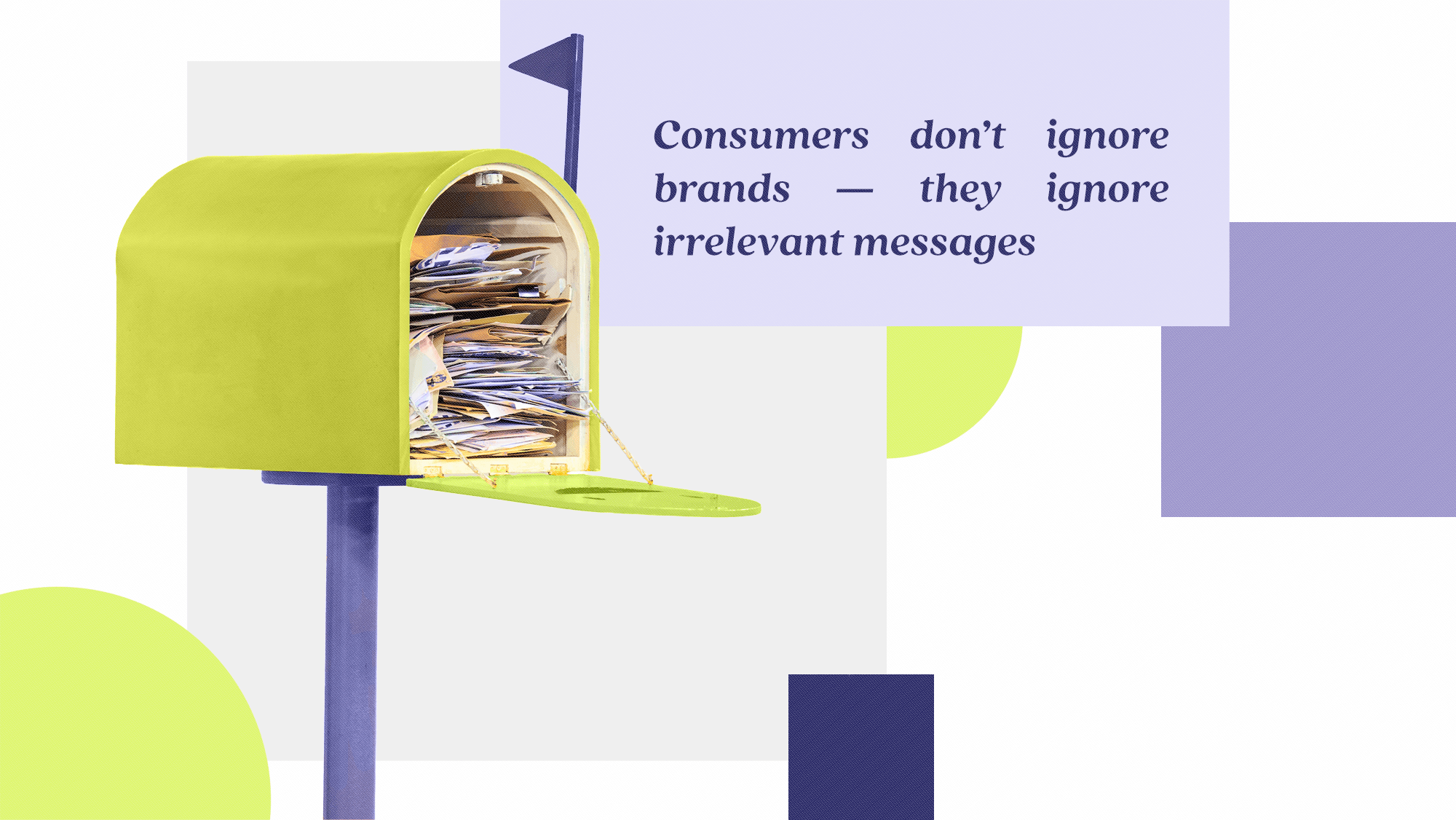
AI and the Retail Marketer’s Future
How AI transforms strategy and processes, driving the adoption of Positionless Marketing
Better, Smarter, Faster: How AI is Transforming CDPs

Having a good email segmentation strategy is instrumental in increasing consumer engagement, ultimately leading to higher conversion rates. It forms the foundation of effective CRM strategies, guiding marketers to deliver precisely targeted, relevant messages to consumers at the right moment to drive desired actions. Marketers who segment their customer base into smaller subsets based on demographic, psychographic, behavioral, and other criteria are empowered to convey meaningful messages.
Today’s consumers have no patience for irrelevant content; if the marketing messages they receive are not tailored to their interests, they will quickly disengage. Email segmentation strategies empower marketers to acknowledge and address diversity among subscribers, providing a more personalized and impactful communication experience. This not only improves higher margin sales conversion rates — it also drives loyalty and increases lifetime customer value.
Marketers should assess the specific characteristics of their audience, campaign objectives, available resources, and the relevance of segmentation to determine when it's appropriate to use in their email marketing strategy.Email segmentation is a highly effective strategy for retail and e-commerce, where product preferences vary widely and segmentation can be based on purchase history, browsing behavior, demographics, and more.
Below are our list of the top 6 email segmentation strategies that will help improve your conversion rate and increase business.
Segmenting emails by demographic enhances relevance by tailoring content based on factors such as age, gender, location, and income. For a company specializing in educational materials, for example, effective segmentation plays a pivotal role in delivering tailored content to the right recipients.
One segmentation approach could be based on the age of the students involved. By categorizing their email lists into segments of parents or educators with high school-aged students versus those with preschool-aged children, the company can create distinct email campaigns. For the former group, the content can focus on advanced study aids, college preparation, and subject-specific resources to align with the needs of high school students. In contrast, emails sent to the latter group may highlight early childhood development materials, interactive learning tools, and age-appropriate activities. This targeted approach ensures that the recipients receive content that resonates with their specific educational needs and helps the company build a stronger rapport with their customers.
Geographic segmentation targets specific locations for promotions or events, optimizing local marketing efforts. For instance, a chain of coffee shops can use geographic segmentation to promote location-specific offers, sending emails to customers in a particular city announcing exclusive promotions or events at their nearest coffee shop.
Psychographic segmentation categorizes customers based on psychological traits that impact their purchasing behaviors, such as personality, lifestyle, activities, and interests. A travel company can identify customers who enjoy thrill-seeking experiences, for example, and send them emails about destinations that offer sky diving, bungee jumping, and other adventure-based activities.
Instead of focusing on demographic or psychographic factors, behavioral segmentation groups consumers based on their observable actions and responses. Examples of behavioral segmentation include analyzing purchase history, engagement with marketing materials, brand loyalty, and other actions that indicate distinct patterns of behavior within a consumer base.
Lifecycle stage segmentation categorizes customers based on their lifecycle stage, such as new leads, active customers, or lapsed customers. Marketers can tailor emails to align with each stage, so new leads receive welcome emails, active customers receive product updates, and lapsed customers receive re-engagement campaigns to encourage their return.
This segmentation approach focuses on identifying and targeting segments of customers who consistently make high-value transactions, VIP customers. For instance, retailers can reward VIP customers with exclusive early access to sales or personalized discounts to encourage continued spending. The goal is to tailor marketing efforts specifically for these high-value segments to maximize revenue and increase customer lifetime value.
Marketers can unlock a new level of precision and effectiveness in their email segmentation strategies with OptiMail, Optimove's integrated Customer-Led Marketing solution for personalized and targeted campaigns. The platform's cutting-edge technology, coupled with a dedicated deliverability support team, ensures high deliverability rates without the need for additional integrations. It empowers marketers with an array of advanced features, including a visual template editor, dynamic content updates, and personalized real-time campaigns. Leveraging Optimove's vast data and insights, OptiMail offers unparalleled personalization and hyper-targeting capabilities, enhancing email relevance for optimal engagement.
For more insights on email segmentation strategies, contact us to Request a Demo.
Whitepaper: How AI is Transforming CDPs
CDP Institute’s David Raab shares what business leaders should start thinking about now to take advantage of next-generation CDPs.


Writers in the Optimove Team include marketing, R&D, product, data science, customer success, and technology experts who were instrumental in the creation of Positionless Marketing, a movement enabling marketers to do anything, and be everything.
Optimove’s leaders’ diverse expertise and real-world experience provide expert commentary and insight into proven and leading-edge marketing practices and trends.


